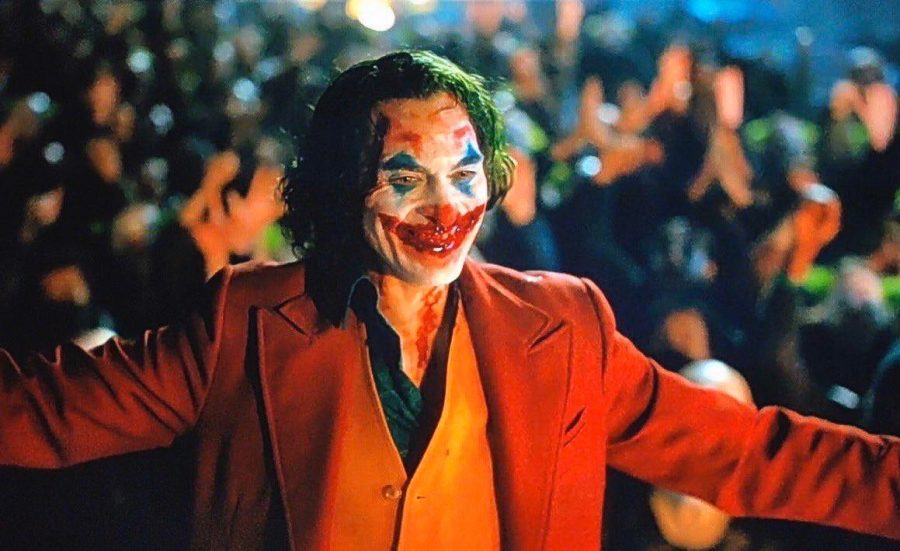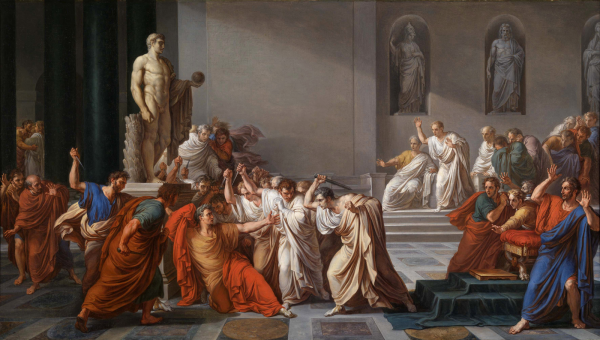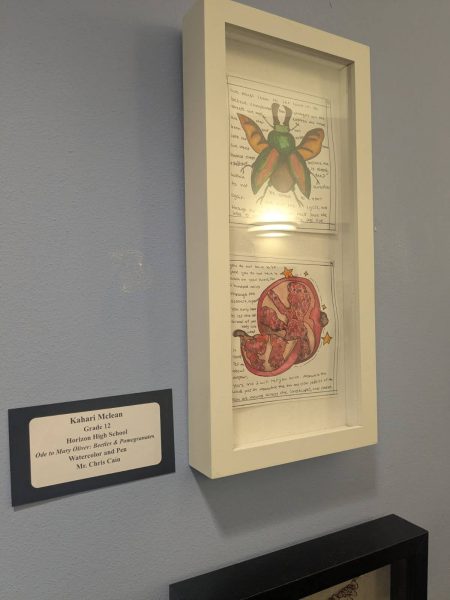Ledger & Phoenix
A comparison of Jokers
As of October 22, 2019, the “Joker” is on course to break $300 million in gross earnings in the U.S within the first month of the movie being released. Ever since Christopher Nolan cast Heath Ledger to play the Joker in Batman: The Dark Knight, speculation on whether or not another actor could captivate audiences to love a character such as the Joker been discussed. That was until Joaquin Phoenix’s portrayal hit the big screen on October 4th, 2019. For many moviegoers, the recent adaptation of Joker’s background was everything fans wantedIt follows comedian Arthur Fleck, a hapless maladjusted socially awkward man going down the well of madness, consumed by feeling alone with no one to connect with he finally lashes out leading him to feel noticed within society. Its predecessor while it set the bar, painted a picture of a comic book villain well suited to play against Batman.
Unlike Heath Ledger’s Joker, who is already in a state of power and influence but is also comfortable causing anarchy and killing. Joaquin’s Joker represents a reluctant symbol of rebellion against authority. Ledger’s Joker is at a time where he kills to demonstrate, yet doesn’t affect him in anyway, he is very much a powerful protester, a catalyst whose mission is to cause chaos and put people against each other for no other reason than he wants anarchy. The final moments in Dark Knight when Joker straps two separate boats with explosives, a boat full of average people and another full of convicts. He gives the passengers of the boats a detonator to the other and prompts them to push the button to blow up the other boat or both be blown up by midnight. The Joker assumes that one will blow the other up, believing that people are hypocrites without redeeming qualities.
Very similar to Joaquin’s adaptation who believes that society doesn’t care about him, he quotes, “if I was lying on the street you would walk right by me,” in a conversation with Thomas Wayne. Throughout the movie he is given every reason to believe he is an afterthought, beat up by kids, fired from his job, embarrassed on TV but in the end its his choice to withdraw from society and enter complete madness. Joaquin’s Joker doesn’t have a place to fit in until he starts acting abnormally in society, letting loose if you will. This leads to a conversation about whether or not his actions are acceptable, leading many to support him and birthing the clown as a symbol for mayhem. Joaquin becomes this symbol by first taking a stance against people who are abusing the less fortunate and the misunderstood. He is outcasted due to a condition that makes him laugh uncontrollably.
Phoenix’s Joker has a neurological condition known as pseudo-bulbar affect, which gave him laughing fits. His mother said as a child, his goal was to bring laughter and joy to everyone. However she eventually abandoned him, leaving him in a psychiatric ward. This Joker is evidently very mentally ill, using medication to cope with his inability to connect with others. He sees people and has conversations without seeing them, often overcompensating when speaking to people. His mother never told him important information that he needed to know in order to grow as a person, the therapist he is seeing never listens to him when the things he is saying throw up a million red flags. While other people at first glance seem to want to help him, are actually going behind his back to intentionally screw him over however, continue to act polite to him. Joker is left to deal with his thoughts alone in an unrelenting society.
Heath Ledger’s version is affected by Post-Traumatic Stress Disorder, PTSD, after his father abused him as a child. The scars on his face are directly from his father cutting his cheeks. This Joker is much more decisive and cruel but not a product of mental illness, he is a misconception of authority with desire to cause disruption through violence. Ledger shows his mentally unstableness through various physical ticks such as his tongue licking around his mouth.
Phoenix’s adaptation of the Joker expresses his ticks through his dance. This pays homage to the original Joker, portrayed by Jack Nicholson, who was always dancing as a way to display his inner insanity in an outer, peaceful manner. In Joker when Arthur dances it is as if he is leaving reality and entering his own world where he feels fluent and free. He dances as a means to escape. Phoenix’s dance is very free in motion and like wind blowing through the air while adding subtext to what his character feels, and is all improvised by the actor.
Both Heath Ledger and Joaquin Phoenix are outstanding method actors who completely dove themselves into the role as Joker. Their acting alone makes the Dark Knight and Joker a wonderful piece of cinema and a great example of what giving your all to a role does. Joaquin starved himself for the role and when he doesn’t have a shirt on, you can see his ribs, his scapula and all bones. He is so skinny that it’s bothersome to see, another thing he did was stay in character on and off set. Heath on the other hand, did his own makeup and in the film, you can see paint on his fingers and under his nails. A wonderful, chilling scene in Batman was when Heath claps with the officers in the jail to congratulate Jim Gordan for becoming commissioner is completely unscripted. In Joker there is a scene where Joaquin empties the inside of his fridge, then promptly crawls in and closes the fridge door, this was unscripted as well.
Both films are phenomenal cinematic masterpieces each in their own regard, one is truly a superhero vs. super villain movie and the other is a drama following ones slow descent into madness. While each film is standalone from each other, at the end of Joker Joaquin smears blood in a smile pattern while forcing himself to smile with his hand. This seems to be a reference to Heath’s Joker, showing that he has now taken on the role.







